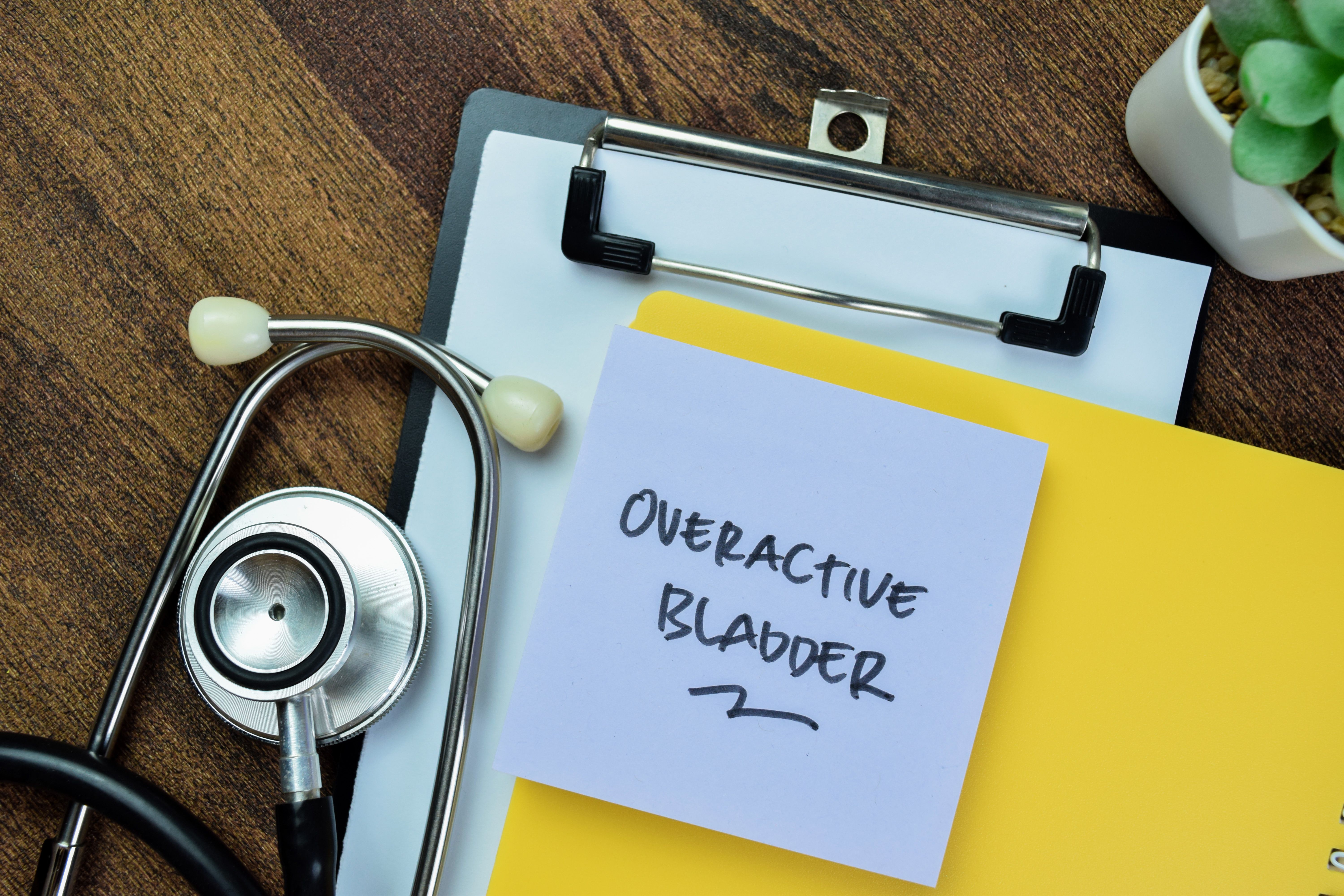- Center on Health Equity & Access
- Clinical
- Health Care Cost
- Health Care Delivery
- Insurance
- Policy
- Technology
- Value-Based Care
Elevated Inflammatory Marker Levels Associated With Increased Overactive Bladder Risk
Systemic immune inflammation index, neutrophil-to-lymphocyte ratio, and systemic inflammation response index levels may offer a noninvasive method to identify individuals at increased risk of developing overactive bladder.
Novel inflammatory markers, specifically the systemic immune-inflammation index (SII), neutrophil-to-lymphocyte ratio (NLR), and systemic inflammation response index (SIRI), may help predict the prevalence of overactive bladder (OAB) and identify individuals at increased risk.1
The authors of a new BMC Urology study highlighted that OAB, a lower urinary tract storage disorder characterized by urgency, affects about 16% of men and women in the US, with prevalence increasing with age.2 Emerging evidence suggests systemic inflammation may play a role in OAB pathogenesis.1
For example, one study found that some patients with OAB exhibit low levels of bacteria and signs of inflammation in their urine.3 These findings have drawn attention to novel blood cell-derived inflammatory markers to quantify systemic inflammation in OAB.1
Critical knowledge gaps remain regarding the roles of SII, NLR, SIRI, and the platelet-to-lymphocyte ratio (PLR) in OAB. Current evidence is limited to SII associations, with elevated levels correlating with disease progression and poorer prognoses in patients with lower urinary tract symptoms.4 To address these gaps, the researchers assessed the impact of all 4 inflammatory markers on OAB development, aiming to evaluate their utility as noninvasive predictors and potential therapeutic targets.1
Systemic immune inflammation index, neutrophil-to-lymphocyte ratio, and systemic inflammation response index levels may offer a noninvasive method to identify individuals at increased risk of developing overactive bladder. | Image Credit: syahrir - stock.adobe.com

Consequently, they conducted a cross-sectional analysis using data from 19,194 eligible participants aged 20 and older, collected from 5 cycles of the National Health and Nutrition Examination Survey (2009-2018). The researchers identified patients with OAB based on survey responses using the Overactive Bladder Symptom Score.
They used multivariate logistic regression and restricted cubic spline analyses to evaluate the association between the 4 inflammatory markers and OAB. Additionally, a subgroup analysis was used to identify potential influencing factors and ensure the robustness of the study results.
The study population had a mean (SD) age of 47.42 (17.67) years, and most were non-Hispanic White (68.5%). OAB was diagnosed in 3071 patients (16%), with a higher prevalence among females (62.6% vs 37.4%). Compared with those without OAB, participants with OAB tended to be older, have lower levels of education, and identify as non-Hispanic Black.
Also, the mean (SD) values for SII, NLR, PLR, and SIRI were 511.2 (256.08), 2.14 (0.91), 120.19 (40.46), and 1.21 (0.69), respectively. Patients with OAB exhibited significantly elevated SII, NLR, and SIRI levels (P < .001). In contrast, PLR did not show a statistical difference between groups.
The multivariable logistic regression analysis showed significant positive associations between OAB and elevated levels of SII (OR, 1.25; 95% CI, 1.-6-1.46), NLR (OR, 1.29; 95% CI, 1.12-1.49), and SIRI (OR, 1.23; 95% CI, 1.05-1.43). Conversely, no association was found between OAB and PLR. After adjusting for all covariates, the researchers found that patients with high levels of SII, NLR, and SIRI had a 25%, 29%, and 23% higher risk of OAB, respectively, than those with lower levels of these inflammatory markers.
Similarly, after adjusting for all confounding factors, the restricted cubic spline analysis showed a nonlinear relationship among SII, NLR, SIRI, and OAB. Additionally, the subgroup analysis confirmed that age is a key influencing factor for OAB.
“These findings suggest that systemic inflammation may play a crucial role in OAB pathophysiology, and inflammatory markers like SII, NLR, and SIRI could serve as potential indicators for identifying individuals at higher risk of OAB, thereby informing early intervention strategies,” the authors concluded.
The researchers acknowledged their study’s limitations, including its cross-sectional design. This may have prevented the study from establishing a causal relationship between these inflammatory markers and OAB. Consequently, they suggested areas for further research.
“…while this study provides new insights into the inflammatory drivers of OAB, future research should further refine the diagnostic criteria for OAB and develop multidimensional evaluation methods consistent with ICS [International Continence Society] standards to reduce misclassification,” the authors concluded. “Longitudinal designs should also be used to elucidate causal relationships.”
References
- Wan L, Wang Z, Zhang L, et al. Association between novel inflammatory markers and overactive bladder: a cross-sectional study of NHANES 2009 to 2018. BMC Urol. 2025;25(1):78. doi:10.1186/s12894-025-01743-5
- Stewart WF, Van Rooyen JB, Cundiff GW, et al. Prevalence and burden of overactive bladder in the United States. World J Urol. 2003;20(6):327-336. doi:10.1007/s00345-002-0301-4
- Walsh CA, Siddins A, Parkin K, Mukerjee C, Moore KH. Prevalence of "low-count" bacteriuria in female urinary incontinence versus continent female controls: a cross-sectional study. Int Urogynecol J. 2011;22(10):1267-1272. doi:10.1007/s00192-011-1506-0
- Horsanali MO, Dil E, Caglayan A, Ekren F, Ozsagir YO. The predictive value of the systemic immune-inflammation index for the progression of lower urinary tract symptoms in men. Asian Pac J Cancer Prev. 2023;24(11):3845-3850. doi:10.31557/APJCP.2023.24.11.3845
